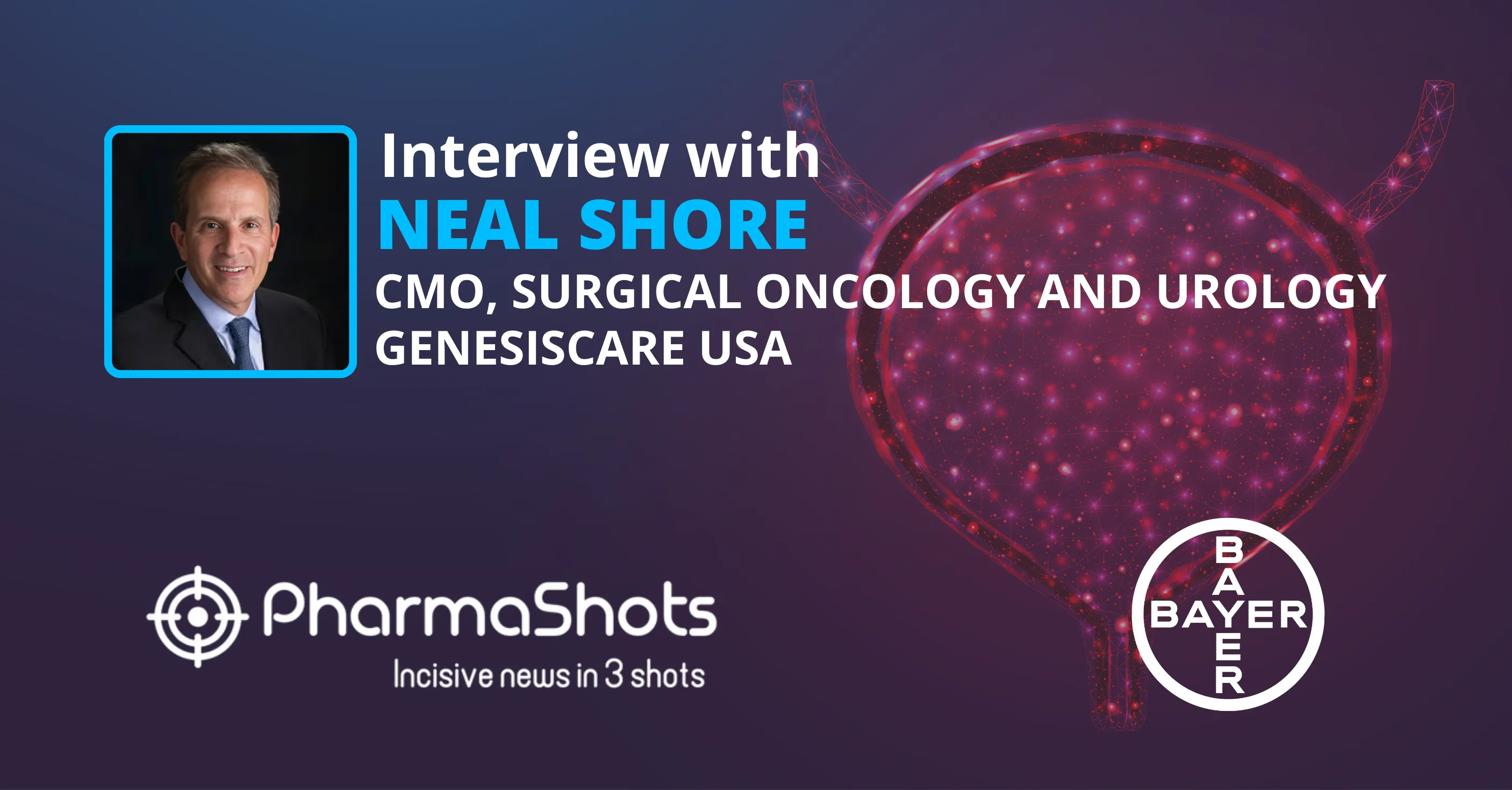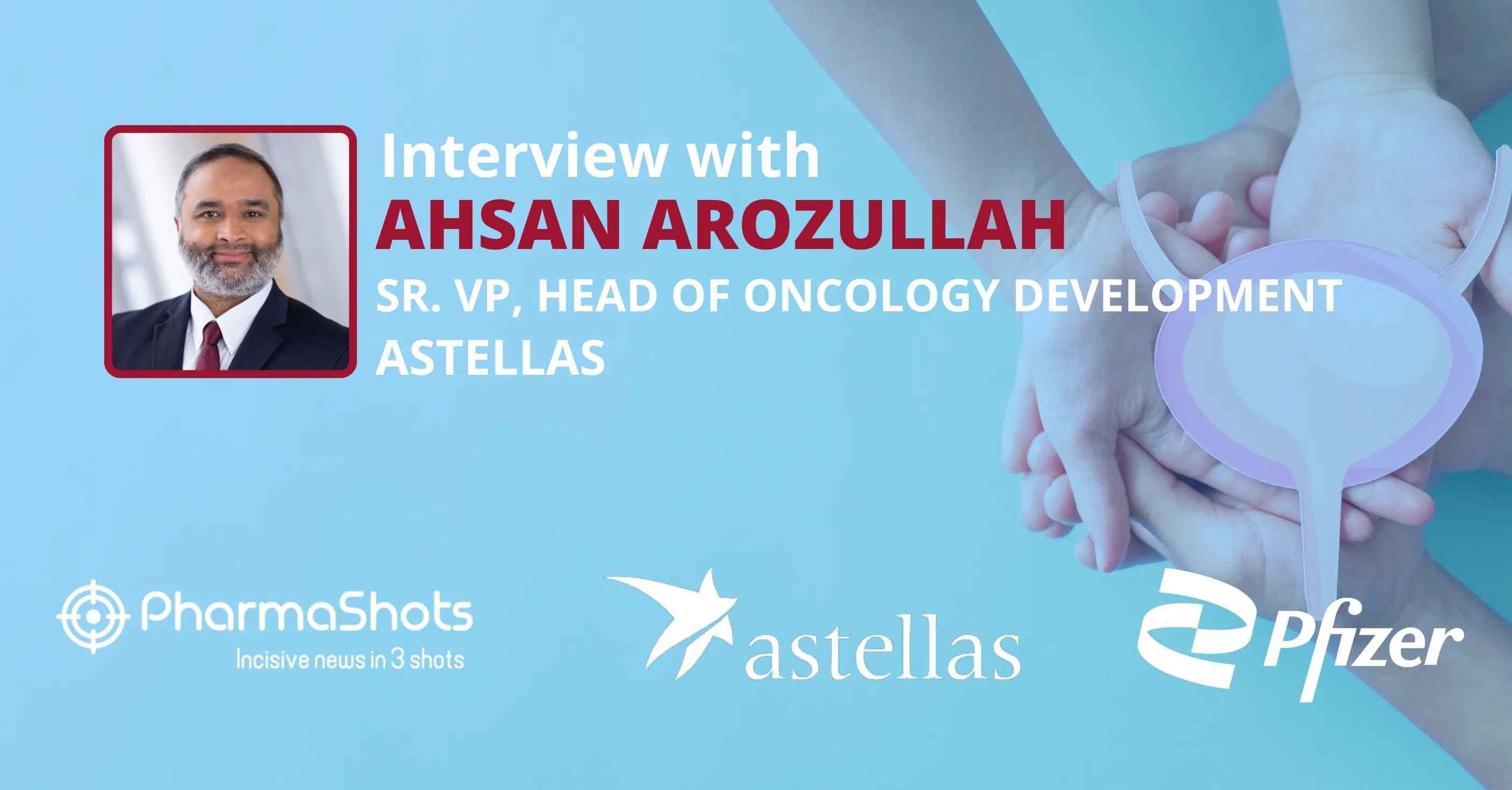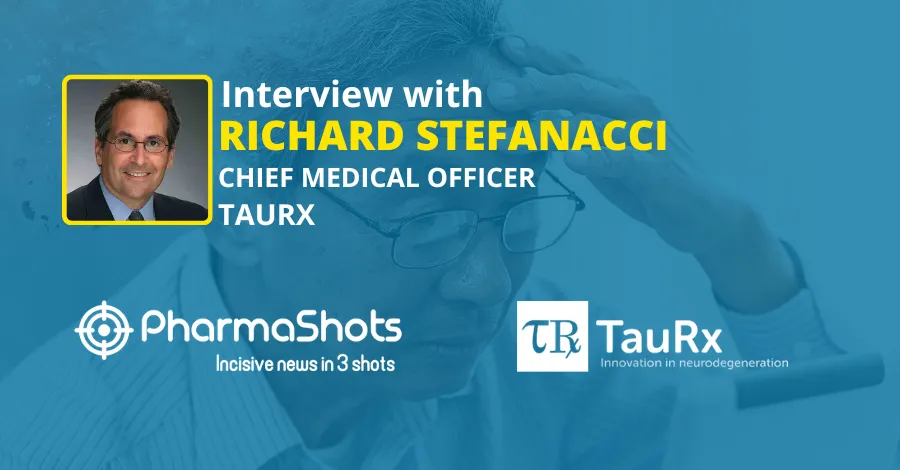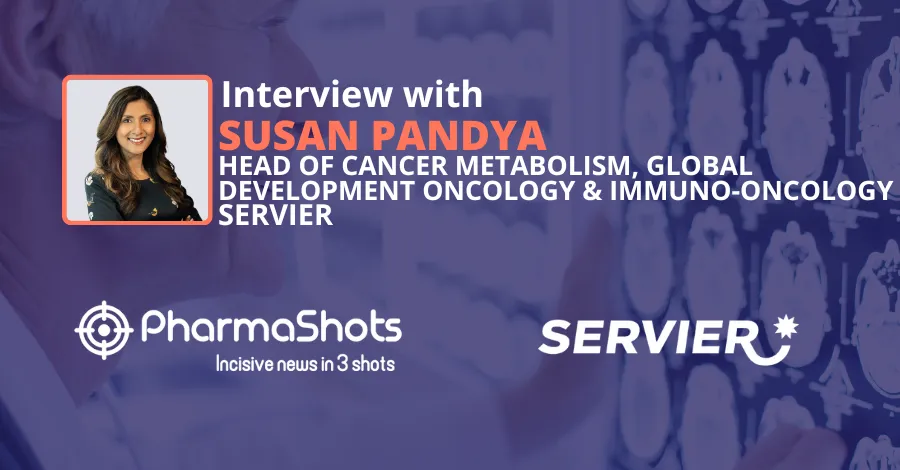
Gina Fusaro, VP, Development Program Lead at BMS Shares her Views on the Acceptance of sBLA by the US FDA and the EMA Validation on MAA for Opdivo
Shots:
- Gina gave her views on the acceptance of the sBLA by the US FDA and the validation of the Type II Variation Marketing Authorization Application by the EMA for Opdivo as monotherapy for the treatment of patients with completely resected stage IIB or IIC melanoma
- She also spoke on the epidemiology of melanoma and elaborated on the study results of the CheckMate -76K trial evaluating Opdivo and its combinations
- The interview summarizes how BMS is evaluating Opdivo to offer a treatment option to patients with stage IIB or IIC melanoma that could help prevent the recurrence of the disease
Smriti: Please brief our readers about the acceptance of the Supplemental Biologics License Application and validation of Type II Variation MAA by the EMA.
Gina Fusaro: The U.S. Food and Drug Administration (FDA) has accepted the supplemental Biologics License Application (sBLA) and the European Medicines Agency (EMA) has validated the Type II Variation Marketing Authorization Application (MAA) for Opdivo (nivolumab) as monotherapy in the adjuvant setting for the treatment of patients with completely resected stage IIB or IIC melanoma. In the U.S., the FDA has assigned a Prescription Drug User Fee Act (PDUFA) date of October 13, 2023. In Europe, the EMA’s validation of the application confirms the submission is complete and begins the start of the EMA’s centralized review process.
Smriti: Discuss the epidemiology, signs, and symptoms of melanoma.
Gina Fusaro: Melanoma is a form of skin cancer characterized by the uncontrolled growth of pigment-producing cells (melanocytes) located in the skin. Metastatic melanoma is the deadliest form of the disease and occurs when cancer spreads beyond the surface of the skin to other organs. In the United States, approximately 97,610 new diagnoses of melanoma and about 7,990 related deaths are estimated for 2023. Globally, the World Health Organization estimates that by 2035, melanoma incidence will reach 424,102, with 94,308 related deaths. Melanomas can be mostly treatable when caught in very early stages; however, survival rates can decrease as the disease progresses.
One third of stage IIB and one half of stage IIC patients with melanoma experience recurrence within five years of surgery, further emphasizing the need for additional advanced and metastatic treatment options.
Smriti: Highlight the study results of the CheckMate -76K trial. How do you think that these results may improve the standard of care for patients with completely resected stage IIB or IIC melanoma?
Gina Fusaro: In the CheckMate -76K trial, adjuvant Opdivo reduced the risk of recurrence or death by 58% versus placebo (hazard ratio [HR] 0.42; 95% CI 0.30-0.59; p < 0.0001) in patients with completely resected stage IIB or IIC melanoma.
Twelve-month RFS rates for Opdivo were 89% (95% CI: 86-92) versus 79% (95% CI: 74-84) for placebo. The RFS benefit was observed across predefined subgroups in the trial, including T category and disease stage.
Data from CheckMate –76K show that treatment with Opdivo in the adjuvant setting reduced the risk of recurrence or death and may help address the unmet need that these patients currently face.
Smriti: As Opdivo received the sBLA from the US FDA for stage IIB or IIC melanoma, are you planning for other regulatory submissions as well?
Gina Fusaro: We do not comment on the specifics of our regulatory strategy
Smriti: After the validation of the Type II MAA application by the EMA, when are you expecting its approval? What will be the development strategy if approved?
Gina Fusaro: We cannot speculate on the EMA’s potential views on the data, nor the timing of a potential EU approval.
Smriti: Apart from melanoma, what are the other indications and combination therapies for which Opdivo is being evaluated?
Gina Fusaro: Opdivo is currently approved in more than 65 countries, including the United States, the European Union, Japan, and China.
We continue to evaluate Opdivo and Opdivo-based combinations across a multitude of tumor types as we gain a deeper understanding of the potential role of biomarkers in patient care, and how patients may benefit from Opdivo.
Image Source: Canva
About the Author:

Gina Fusaro is the Vice President, Development Program Lead in Oncology Clinical Development at Bristol Myers Squibb. She joined BMS in 2020 as the Development Program Lead for nivolumab and ipilimumab in melanoma. She has since taken on additional roles and responsibilities for nivolumab and ipilimumab development and was appointed the Disease Area Lead for Melanoma in 2022. Gina earned a Ph.D. in molecular biology from Columbia University and a Bachelor of Science degree in biochemistry from Brown University.
Tags

Senior Editor at PharmaShots. She is curious and very passionate about recent updates and developments in the life sciences industry. She covers Biopharma, MedTech, and Digital health segments along with different reports at PharmaShots.













